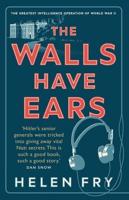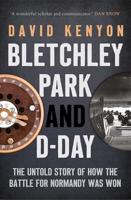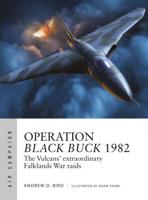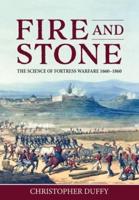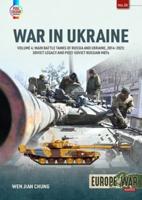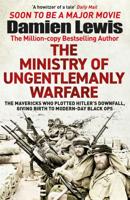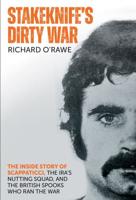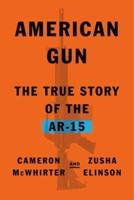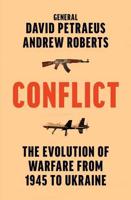Publisher's Synopsis
Originally published in 1982, this a volume in the Combat Studies Institute "Leavenworth Papers" series. Abstract: "Night combat has frequently been the recourse of the inferior military force or, as in World War II, of the army seeking either to find some respite from air power or to reduce casualties in the face of great firepower. Still, despite the difficulties associated with conducting military operations at night, military planners and leaders cannot escape one salient fact: darkness is a double-edged weapon. During World War II, the Soviets effectively exploited darkness in a variety of operations from withdrawal to pursuit. As the war dragged on, the Red Army relied increasingly on night operations and so refined its abilities that it was able to progress from limited tactical missions by relatively small units to front-level operations by armies with complex coordination and control. Today Soviet military writers frequently discuss night operations, as they do all operations, with reference to their experiences in the Second World War. They appear convinced, as one Soviet general and historian has noted, that their troops should be equally capable of operating both during the day and at night and that night operations have an urgent significance in modern warfare". Include photos. maps, tables.

